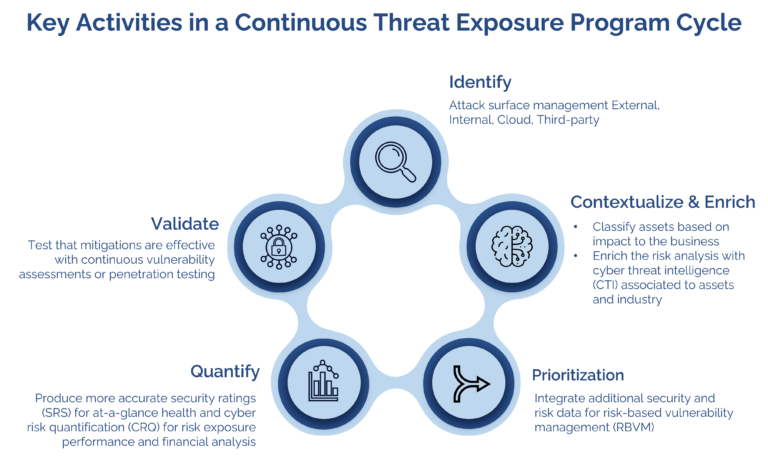
Continuous Threat Exposure Management – The 6 Aspects You’ll Need to Address Continuous Threat Exposure Management (CTEM) is an…
"This is an excellent starting point for any organization that wants to get serious about their cyber risk management. The system has the capability to grow as you become more sophisticated in your use"
IT Director
Services Industry
The Bitsight tool is a common security ratings tool; having been one of the first and early technologies to provide a security rating. While BitSight is a well-established name in the security ratings space, organizations seeking alternative solutions may consider Prevalent. Prevalent offers a robust TPRM platform that goes beyond traditional security ratings, incorporating additional features such as vendor risk assessments, continuous monitoring, and incident response management. This comprehensive approach provides organizations with a more holistic view of their third-party risk landscape, enabling them to make informed decisions about vendor selection and risk mitigation strategies.
BitSight competitors, like Prevalent, each have their own advancements in methodologies and technologies used in determining cyber risk representation as a cyber security rating.
While both BitSight and Prevalent are third party risk management companies that offer methods for evaluating third-party vendors, their functionalities and methodologies differ significantly. BitSight focuses primarily on external data sources to generate its ratings, relying on IP reputation, security incidents, and regulatory compliance information. Prevalent, on the other hand, takes a different approach, incorporating vendor self-assessments, questionnaires, and continuous monitoring data into its risk calculations. This results in a more nuanced and dynamic risk assessment, providing organizations with a deeper understanding of their third-party risks.
Ultimately, the best third-party risk management companies or security ratings platform for your organization depends on your specific needs and priorities. BitSight is an option for organizations looking for a quick and easy way to assess vendor security posture. However, if you require a more questionnaire-based assessment and dynamic risk management solution, Prevalent may be a better fit. There are, of course, alternatives to consider as Prevalent and BitSight competitors.
As more businesses integrate and use third-party services and products in their own solutions, organizations are increasingly turning to various methods to assess and manage their risk posture and view and learn the security posture of their third-party vendors. Two prominent players in this field are BitSight and Prevalent, each offering unique solutions for third-party risk management (TPRM), so what are the differences between BitSight and Prevalent cyber. While both platforms share the goal of providing a comprehensive view of organizational security, they differ significantly in their methodologies and functionalities.
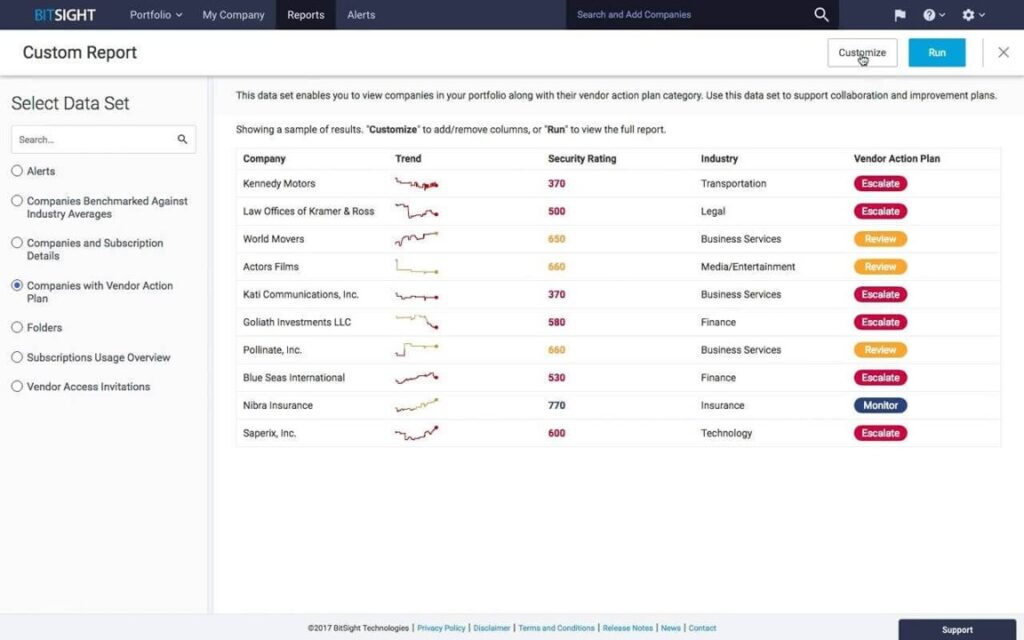
BitSight Dashboard UI, source: BitSight.com
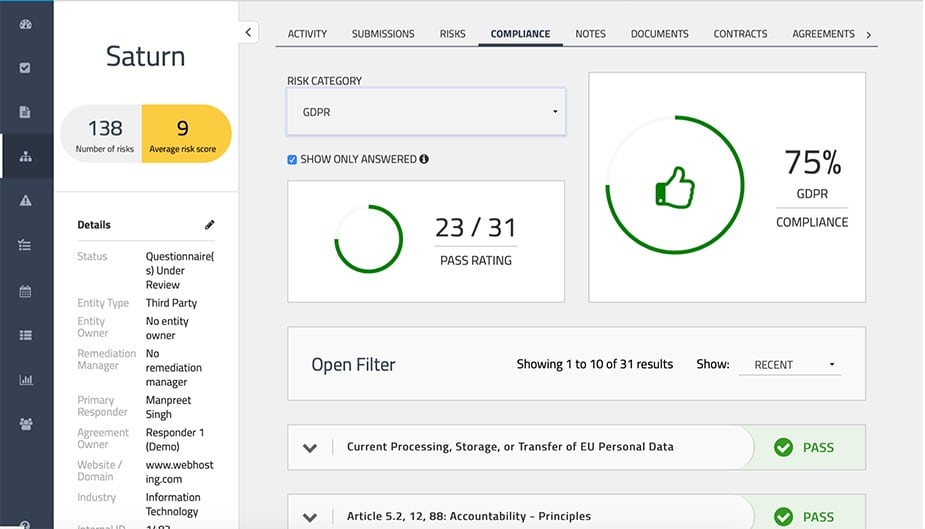
Prevalent Dashboard UI, source: Prevalent.com
Additional Resources
Cybersecurity rating scale explained
What are security ratings used for?
How are security ratings created?
What is a good cybersecurity rating?
How do you improve your security rating?
Is it easy to switch security ratings providers?
Why is my security rating wrong?
What Kind of Company is BitSight?
What is the Highest Security Rating?
Select What are the 5 C’s of Cybersecurity?
What is the difference between SecurityScorecard and BitSight?
What is the difference between BitSight and RiskIQ?
What is the difference between SecurityScorecard and CyberGRX?
The Evolution of Cybersecurity Ratings and How They Can Boost Risk Visibility

Beyond Prevalent, BitSight faces competition from a growing number of players in the security ratings market. These Bitsight competitors offer unique value propositions and may be better fits for certain organizations in certain industries based on specific organizational needs. When selecting a security ratings solution, it’s crucial to evaluate each platform’s strengths and weaknesses in the context of your specific risk profile and objectives. Many other BitSight competitors are listed below:
The outcome of the BitSight security ratings platform, along with any alternative security rating provider, is to rate an organization’s cybersecurity posture based on various sources of information about the company’s IT assets. BitSight security ratings platform and scoring methodology is largely based on passive and non-intrusive assessments in addition to collecting external information related to IT assets like network sensor discovery, data from participating internet service providers and other open-source intelligence (OSINT) data sources. This information would then be analyzed and distilled into a cybersecurity rating or risk score report. The BitSight scoring methodology produces a credit score style numeric rating (BitSight Score Range: 250-900); compared to an alphabet letter grade from Security Scorecard (SecurityScorecard Range: A-F). BitSight competitors offer either an alpha letter grade or credit/numeric score (or both) as their security rating. More on the security rating scale is below.
BitSight’s core offering is its security ratings platform, which provides organizations with data-driven insights into the cybersecurity posture of their third-party vendors. BitSight leverages a variety of sources, including public data, vulnerability scans, and regulatory compliance information, to generate a FICO-like security rating for each vendor. This rating helps organizations identify and prioritize potential risks identified at vendors, enabling them to focus their efforts on the most critical vendors.
Some of the use cases that companies may use Bitsight or a competitor for are:
FortifyData, a BitSight competitor, when the focus is narrowed on just the security rating, provides a standard security rating scale is similar to a credit score. The security rating scale we employ ranges from 350 –900 with explanations below.
FortifyData enables clients to reflect the context of their business and cyber risk in the security rating. Clients can classify identified assets by operational criticality (also allowing for identification of data types on devices) and respond to risks identified by recording the compensating control(s) in place to reduce the likelihood of threats occurring. This produces the most accurate security rating risk representation by the published security rating score.
FortifyData enables clients to create additional, configurable security rating risk models to produce security ratings unique to their cyber risk appetite and threat profile. The weightings of the factors can be adjusted to help further tune the risk representation of a company as ‘one-size-fits-all’ rarely works effectively.
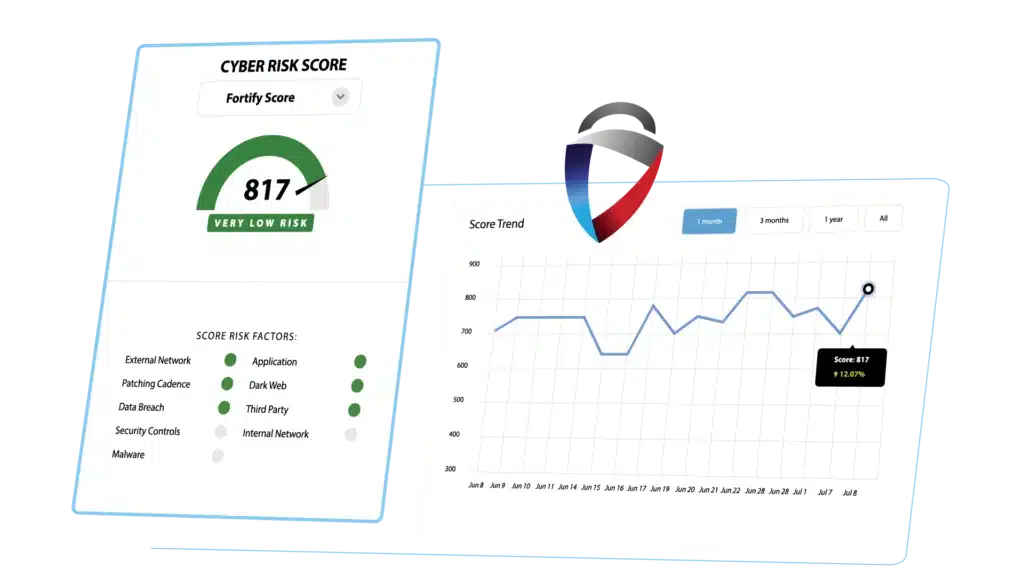
The FortifyData security rating score methodology is publicly available which details the specific cyber risk and vulnerability factors that go into the security rating as well as the weightings. We are the only security rating provider with a patent pending on their configurable security rating risk rating models which allows clients to create additional security rating models where you can define the weighting of the factor’s effect on the security rating scale.
While both BitSight and Prevalent are third party risk management companies that offer methods for evaluating third-party vendors, their functionalities and methodologies differ significantly. BitSight focuses primarily on external data sources to generate its ratings, relying on IP reputation, security incidents, and regulatory compliance information. Prevalent, on the other hand, takes a different approach, incorporating vendor self-assessments, questionnaires, and continuous monitoring data into its risk calculations. This results in a more nuanced and dynamic risk assessment, providing organizations with a deeper understanding of their third-party risks.
Ultimately, the best third-party risk management companies or security ratings platform for your organization depends on your specific needs and priorities. BitSight is a good option for organizations looking for a quick and easy way to assess vendor security posture. However, if you require a more questionnaire-based assessment and dynamic risk management solution, Prevalent may be a better fit.

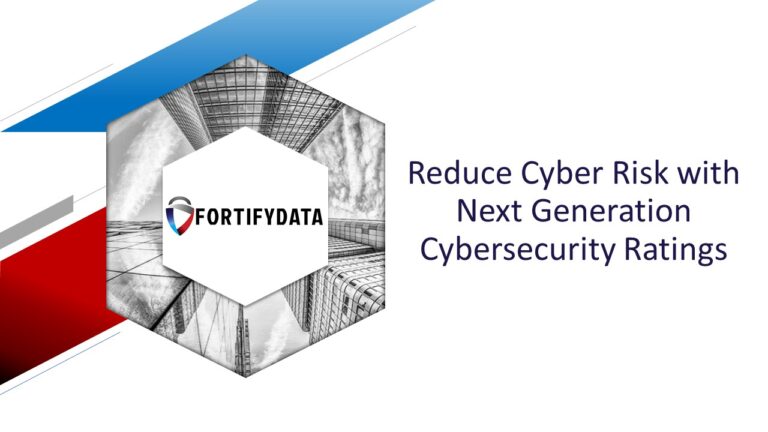
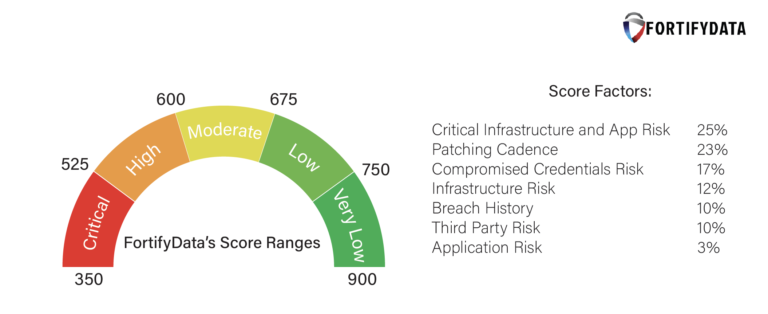
| Cookie | Duration | Description |
|---|---|---|
| cookielawinfo-checkbox-analytics | 11 months | This cookie is set by GDPR Cookie Consent plugin. The cookie is used to store the user consent for the cookies in the category "Analytics". |
| cookielawinfo-checkbox-functional | 11 months | The cookie is set by GDPR cookie consent to record the user consent for the cookies in the category "Functional". |
| cookielawinfo-checkbox-necessary | 11 months | This cookie is set by GDPR Cookie Consent plugin. The cookies is used to store the user consent for the cookies in the category "Necessary". |
| cookielawinfo-checkbox-others | 11 months | This cookie is set by GDPR Cookie Consent plugin. The cookie is used to store the user consent for the cookies in the category "Other. |
| cookielawinfo-checkbox-performance | 11 months | This cookie is set by GDPR Cookie Consent plugin. The cookie is used to store the user consent for the cookies in the category "Performance". |
| viewed_cookie_policy | 11 months | The cookie is set by the GDPR Cookie Consent plugin and is used to store whether or not user has consented to the use of cookies. It does not store any personal data. |